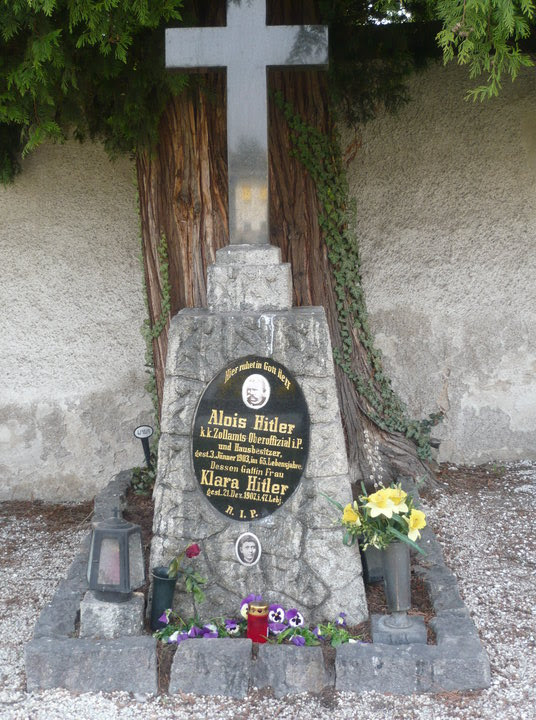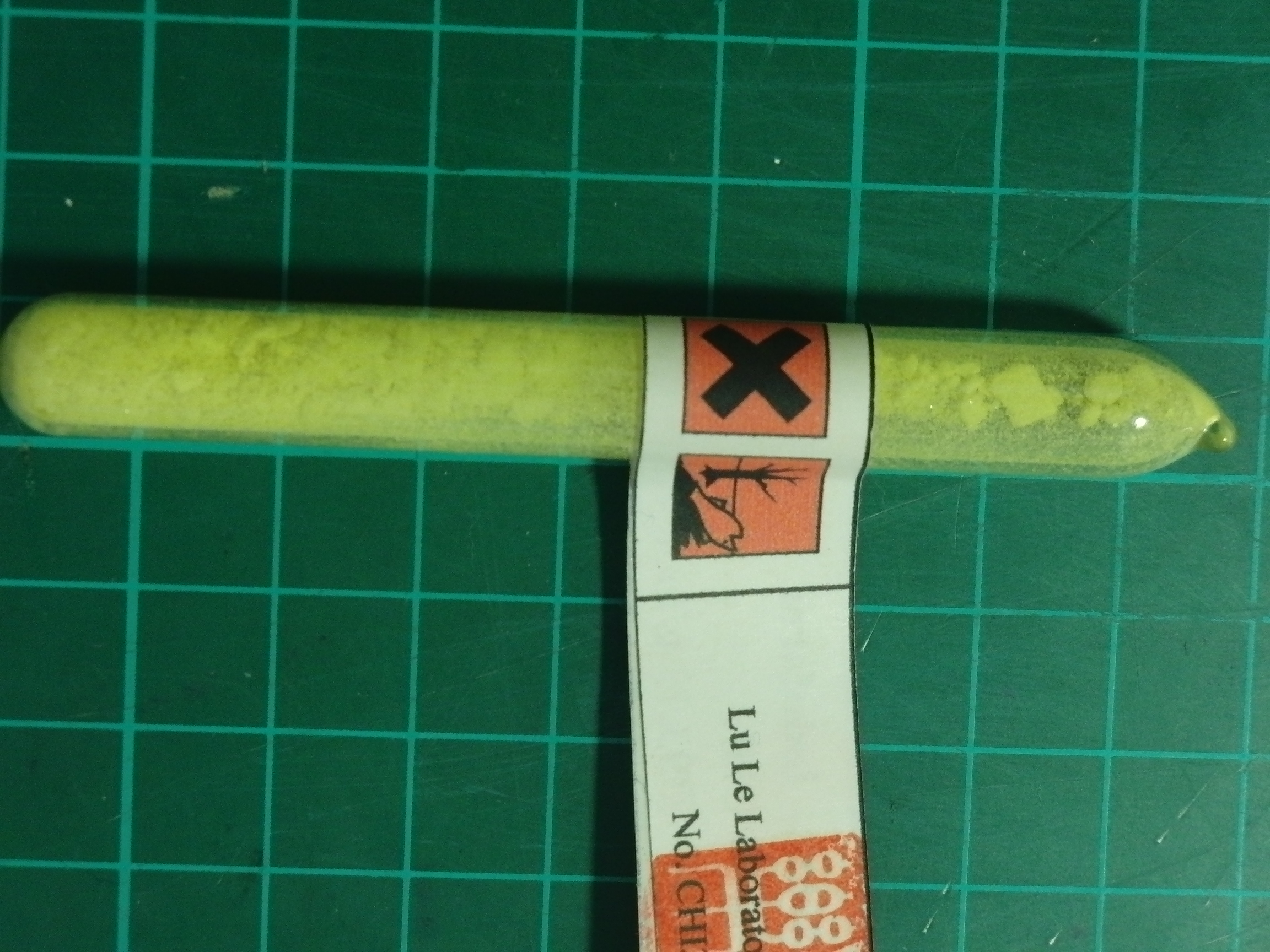|
Klara Hitler
Klara Hitler (''née'' Pölzl; 12 August 1860 – 21 December 1907) was the mother of Adolf Hitler, dictator of Nazi Germany. Family background and marriage Born in the Austrian village of Spital, Weitra, Waldviertel, Austrian Empire, her father was Johann Baptist Pölzl and her mother was Johanna Hiedler. Klara came from old peasant stock, was hard-working, energetic, pious, and conscientious. According to the family physician, Dr. Eduard Bloch, she was a very quiet, sweet, and affectionate woman."The Mind of Adolf Hitler", Walter C Langer, New York 1972 p. 116 In 1876, 16-year-old Klara was hired as a household servant by her relative Alois Hitler, three years after his first marriage to Anna Glasl-Hörer. Although Alois' biological father is unknown, after his mother, Maria Schicklgruber, married Johann Georg Hiedler, Alois was officially designated as Hiedler's son. Klara's mother was Hiedler's niece Johanna Hiedler, who married Johann Baptist Pölzl, making Klara and Alois ... [...More Info...] [...Related Items...] OR: [Wikipedia] [Google] [Baidu] |
Weitra
Weitra (; cs, Vitoraz) is a small town in the district of Gmünd in the Austrian state of Lower Austria. Geography The municipality is situated amidst the extended forests of the rural Waldviertel region, close to the border with the Czech Republic. It is located on the upper Lainsitz (''Lužnice'') river, a tributary of the Vltava (Moldau) north of the European watershed. The town's economy mainly relies on agriculture and forestry, but also on summer tourism. Weitra consists of the cadastral communities of Brühl, Großwolfgers, Oberwindhag, Reinprechts, Spital, St. Wolfgang, Sulz, Walterschlag, Weitra proper, and Wetzles. History A first castle at Weitra was built from about 1201 onwards at the behest of the Austrian noble Hadmar II of Kuenring, also owner of Dürnstein Castle where King Richard the Lionheart was imprisoned in the winter of 1192/93. The Kuenring (or Kühnring) family of ''ministeriales'' had acquired the originally Bohemian estates in 1185; they fell f ... [...More Info...] [...Related Items...] OR: [Wikipedia] [Google] [Baidu] |
Diphtheria
Diphtheria is an infection caused by the bacterium '' Corynebacterium diphtheriae''. Most infections are asymptomatic or have a mild clinical course, but in some outbreaks more than 10% of those diagnosed with the disease may die. Signs and symptoms may vary from mild to severe and usually start two to five days after exposure. Symptoms often come on fairly gradually, beginning with a sore throat and fever. In severe cases, a grey or white patch develops in the throat. This can block the airway and create a barking cough as in croup. The neck may swell in part due to enlarged lymph nodes. A form of diphtheria which involves the skin, eyes or genitals also exists. Complications may include myocarditis, inflammation of nerves, kidney problems, and bleeding problems due to low levels of platelets. Myocarditis may result in an abnormal heart rate and inflammation of the nerves may result in paralysis. Diphtheria is usually spread between people by direct contact or through th ... [...More Info...] [...Related Items...] OR: [Wikipedia] [Google] [Baidu] |
Side-effects
In medicine, a side effect is an effect, whether therapeutic or adverse, that is secondary to the one intended; although the term is predominantly employed to describe adverse effects, it can also apply to beneficial, but unintended, consequences of the use of a drug. Developing drugs is a complicated process, because no two people are exactly the same, so even drugs that have virtually no side effects, might be difficult for some people. Also, it is difficult to make a drug that targets one part of the body but that does not affect other parts, the fact that increases the risk of side effects in the untargeted parts. Occasionally, drugs are prescribed or procedures performed specifically for their side effects; in that case, said side effect ceases to be a side effect and is now an intended effect. For instance, X-rays were historically (and are currently) used as an imaging technique; the discovery of their oncolytic capability led to their employ in radiotherapy (ablation of ... [...More Info...] [...Related Items...] OR: [Wikipedia] [Google] [Baidu] |
Chemotherapy
Chemotherapy (often abbreviated to chemo and sometimes CTX or CTx) is a type of cancer treatment that uses one or more anti-cancer drugs (chemotherapeutic agents or alkylating agents) as part of a standardized chemotherapy regimen. Chemotherapy may be given with a curative intent (which almost always involves combinations of drugs) or it may aim to prolong life or to reduce symptoms ( palliative chemotherapy). Chemotherapy is one of the major categories of the medical discipline specifically devoted to pharmacotherapy for cancer, which is called ''medical oncology''. The term ''chemotherapy'' has come to connote non-specific usage of intracellular poisons to inhibit mitosis (cell division) or induce DNA damage, which is why inhibition of DNA repair can augment chemotherapy. The connotation of the word chemotherapy excludes more selective agents that block extracellular signals (signal transduction). The development of therapies with specific molecular or genetic targets, wh ... [...More Info...] [...Related Items...] OR: [Wikipedia] [Google] [Baidu] |
Iodoform
Iodoform (also known as triiodomethane and, inaccurately, as carbon triiodide) is the organoiodine compound with the chemical formula C H I3. A pale yellow, crystalline, volatile substance, it has a penetrating and distinctive odor (in older chemistry texts, the smell is sometimes referred to as that of hospitals, where the compound is still commonly used) and, analogous to chloroform, sweetish taste. It is occasionally used as a disinfectant. Structure The molecule adopts tetrahedral molecular geometry with C3v symmetry. Synthesis and reactions The synthesis of iodoform was first described by Georges-Simon Serullas in 1822, by reactions of iodine vapour with steam over red-hot coals, and also by reaction of potassium with ethanolic iodine in the presence of water; and at much the same time independently by John Thomas Cooper. It is synthesized in the haloform reaction by the reaction of iodine and sodium hydroxide with any one of these four kinds of organic compounds: a methyl ... [...More Info...] [...Related Items...] OR: [Wikipedia] [Google] [Baidu] |
Pleural
The pleural cavity, pleural space, or interpleural space is the potential space between the pleurae of the pleural sac that surrounds each lung. A small amount of serous pleural fluid is maintained in the pleural cavity to enable lubrication between the membranes, and also to create a pressure gradient. The serous membrane that covers the surface of the lung is the visceral pleura and is separated from the outer membrane the parietal pleura by just the film of pleural fluid in the pleural cavity. The visceral pleura follows the fissures of the lung and the root of the lung structures. The parietal pleura is attached to the mediastinum, the upper surface of the diaphragm, and to the inside of the ribcage. Structure In humans, the left and right lungs are completely separated by the mediastinum, and there is no communication between their pleural cavities. Therefore, in cases of a unilateral pneumothorax, the contralateral lung will remain functioning normally unless there is a ... [...More Info...] [...Related Items...] OR: [Wikipedia] [Google] [Baidu] |
Metastasis
Metastasis is a pathogenic agent's spread from an initial or primary site to a different or secondary site within the host's body; the term is typically used when referring to metastasis by a cancerous tumor. The newly pathological sites, then, are metastases (mets). It is generally distinguished from cancer invasion, which is the direct extension and penetration by cancer cells into neighboring tissues. Cancer occurs after cells are genetically altered to proliferate rapidly and indefinitely. This uncontrolled proliferation by mitosis produces a primary heterogeneic tumour. The cells which constitute the tumor eventually undergo metaplasia, followed by dysplasia then anaplasia, resulting in a malignant phenotype. This malignancy allows for invasion into the circulation, followed by invasion to a second site for tumorigenesis. Some cancer cells known as circulating tumor cells acquire the ability to penetrate the walls of lymphatic or blood vessels, after which they are abl ... [...More Info...] [...Related Items...] OR: [Wikipedia] [Google] [Baidu] |






